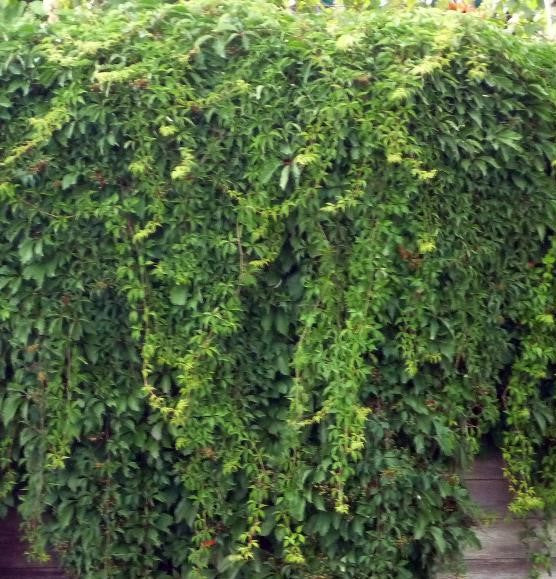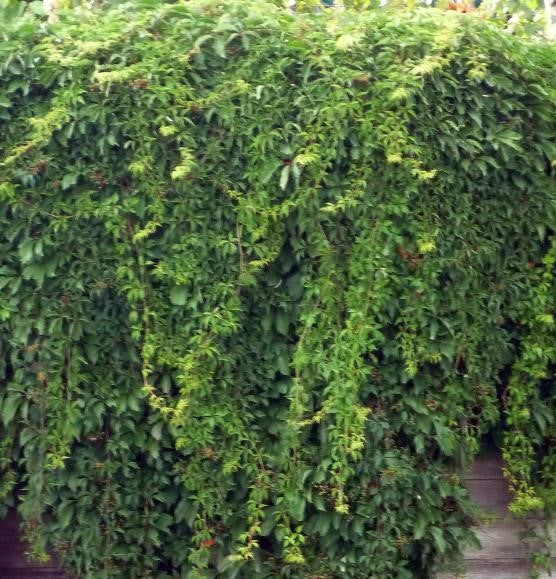1
/
of
1
PARTHENOCISSUS QUINQUEFOLIA / VIRGINIA CREEPER
- Regular price
-
$29.95 CAD - Regular price
-
- Sale price
-
$29.95 CAD
Shipping calculated at checkout.
Couldn't load pickup availability
Delivery Fees
Delivery Policy
Enjoy FREE delivery on all orders over $149!
For orders between $80 and $149, a $18.99 delivery fee will apply.
Orders under $80 will be prompted to add more items to your cart.
- Appearance: Virginia creeper is a climbing vine that can reach lengths of up to 50 feet (15 meters) or more. It has compound leaves consisting of five leaflets, giving it the species name "quinquefolia," which means "five-leaved." The leaves are green in the spring and summer, turning brilliant shades of red, orange, or purple in the fall, making it a popular choice for autumn landscape displays.
- Habitat: This vine is commonly found in a variety of habitats, including woodlands, forests, and disturbed areas. It is often seen growing on trees, fences, and buildings. Virginia creeper is adaptable to different soil types and can tolerate both sun and shade.
- Climbing Mechanism: Virginia creeper climbs using small adhesive disks called "holdfasts" located at the tips of its tendrils. These holdfasts allow the vine to attach itself to surfaces such as trees, walls, and trellises. Unlike some other climbing vines, Virginia creeper does not damage structures it climbs on.
- Berries: In late summer and early fall, Virginia creeper produces small, dark blue to black berries. While these berries are not typically consumed by humans, they are an important food source for birds, including songbirds and thrushes.
- Wildlife Habitat: Beyond providing food for birds, Virginia creeper also offers shelter and nesting sites for various wildlife, such as insects and small mammals. Its dense growth can create a suitable habitat for wildlife in gardens and natural areas.
- SPREAD 15-20 M
- HEIGHT 20-30 M
- PLANT ZONE 3
- NATIVE TO ONTARIO
Care Instructions
Different plants have different watering needs. Check the soil moisture by inserting your finger about an inch into the soil. If it feels dry, water the plant until the water drains from the bottom of the pot. Avoid overwatering, as it can lead to root rot.


PARTHENOCISSUS QUINQUEFOLIA / VIRGINIA CREEPER
- Regular price
-
$29.95 CAD - Regular price
-
- Sale price
-
$29.95 CAD
SALE
All Echinacea & Monarda, Buy 4 get 1 Free! No code required


